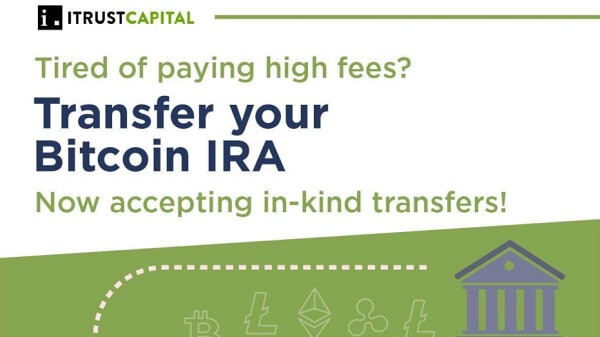
TLDR
The Bitcoin Hash Ribbons indicator has signaled a potential end to miner capitulation, according to data from CryptoQuant.
Bitcoin mining difficulty reached a new all-time high of 90.66 trillion on August 1, 2024, before adjusting down slightly to 86.8 trillion.
Miner profitability (hashprice) fell to record lows of under $36 per petahash per second (PH/s) before rebounding to around $40 PH/s.
Some Bitcoin mining companies are diversifying into artificial intelligence and high-performance computing services due to profit margin pressures.
The Bitcoin network hash rate has reached an all-time high of 638 exahashes per second.
The Bitcoin mining landscape is showing signs of recovery after a period of intense pressure, according to recent data from cryptocurrency analytics firm CryptoQuant.
The closely watched Hash Ribbons indicator, which uses 30-day and 60-day moving averages to measure mining difficulty and financial challenges, has signaled a potential end to miner capitulation.
This development comes at a critical time for Bitcoin miners, who have been grappling with record-high mining difficulty and diminishing profit margins.
On August 1, 2024, the Bitcoin mining difficulty – a measure of the computational power required to mine a single Bitcoin – reached an all-time high of 90.66 trillion. Although it has since adjusted down to 86.8 trillion, this figure remains significantly higher than historical levels.
The increased difficulty has taken a toll on miner profitability. The miner hashprice, a metric that measures profitability per unit of computing power, fell to record lows of under $36 per petahash per second (PH/s). While it has since rebounded to around $40 PH/s, this level is still precariously close to historic lows.
Despite these challenges, the Bitcoin network’s overall hash rate has surged to an all-time high of 638 exahashes per second. This increase suggests that miners are adapting to the new landscape by upgrading to more efficient equipment and optimizing their operations.
The Hash Ribbons indicator is particularly significant because it often coincides with price bottoms for Bitcoin. When the 30-day moving average crosses over the 60-day moving average, it typically signals that miners are shifting to more efficient equipment and re-entering the market. This transition can lead to reduced selling pressure from miners, potentially setting the stage for a price recovery.
Explore the live data 👇https://t.co/tS91IoKeQf
— CryptoQuant.com (@cryptoquant_com) August 19, 2024
CryptoQuant analysts note that while the Hash Ribbons indicator is not meant to pinpoint the exact price bottom, it often precedes higher prices by indicating diminished selling pressure from miners. “Miners are beginning to use more efficient equipment, turning their machines back on and becoming less likely to sell,” the firm stated.
The current market dynamics are particularly interesting in light of Bitcoin’s fourth halving event, which occurred in April 2024. The halving reduced the block reward from 6.25 BTC to 3.125 BTC, further squeezing miner profits. While Bitcoin reached an all-time high above $73,000 following the halving, subsequent miner capitulation and other factors drove prices lower.
As of August 20, 2024, Bitcoin is retesting the $61,000 level after facing resistance at $62,400 and retreating below $60,000 over the past week.
The Hash Ribbons signal, being the first since the halving, is viewed by CryptoQuant as a “healthy signal” for Bitcoin’s price trajectory.
In response to these challenging market conditions, some Bitcoin mining companies are diversifying their operations. For example, in July, TeraWulf announced plans to venture into high-performance computing and AI data center services. The company is allocating 2 megawatts of power at its Lake Mariner site for this new initiative, signaling a strategic pivot to capitalize on the growing demand for AI and high-powered computing services.





 Bitcoin
Bitcoin  Ethereum
Ethereum  Tether
Tether  XRP
XRP  USDC
USDC  Solana
Solana  TRON
TRON  Lido Staked Ether
Lido Staked Ether  Dogecoin
Dogecoin
Be the first to comment